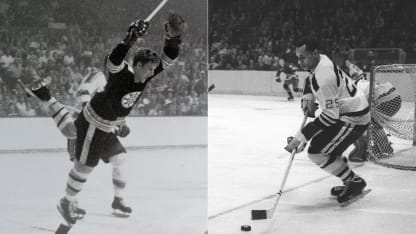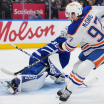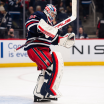BOSTON -- It’s been 100 years of championships and heartbreak, of breaking barriers and scoring goals, of winning the Stanley Cup and being called for too many men on the ice. Over the past century, the Boston Bruins have amassed moment after memorable moment, enough to fill multiple top-10 lists.
They have drafted franchise-altering stars. They have won the Cup six times -- and come up just short 14 more. They have scored incredible goals and made incredible saves. They have played indoors and outdoors, in a historic arena and a historic baseball stadium. They have help change the face of the NHL and sent legends to the Hall of Fame.
On Sunday, the Bruins will play in their Centennial Game against their longtime rival Montreal Canadiens at TD Garden (3 p.m. ET; NESN, SN, RDS), marking the 100th anniversary of the first-ever game for the franchise, played Dec. 1, 1924, against the Montreal Maroons.
It’s a celebration of what has happened in their past and what will happen in their future.
Here are the 10 greatest moments in Bruins history:






















